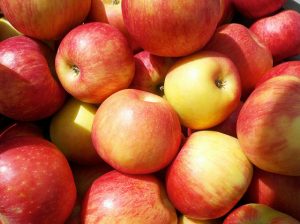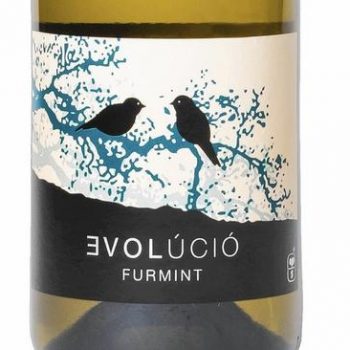Cider: Wine of the North?
- On May 30, 2018
Walk in to a grocery store; there is one fruit that you will always find more than one variety of, whatever the season. Ask a stranger what their favorite type of orange, or banana is, and they will give you a blank stare. But ask them to name a type of apple that they like, and they will have an answer. Granny smith, Braeburn, or our local darling, Honeycrisp- I bet you can imagine the color, texture and smell. This familiarity is both the charm and undoing of cider. It’s approachable but mundane, a sweet simple beverage quaffed year round. Take a closer look though, and you’ll find that cider covers a massive range of flavors and styles. Sweet to bitter, still to sparkling, from pale and clear to dark and cloudy.
Although it is often thought of as being akin to beer, cider has much more in common with wine. Like grape wine, cider is the product of simple fermentation of fresh pressed juice. As with wine, the varieties used to make the cider determines the final character. The common dessert apples found in grocery stores can be used, although they have been bred to be pleasing to eat, not to make great cider. For more traditional cider styles, special varieties of apple are grown. Selected to contribute specific characteristics to the finished drink, they are often too bitter or sour to eat. Some are particularly high in tannin, which are the type of compounds also found in black grape skins. Those tannins give the finished cider balance and mouthfeel in the same manner as in red wines.
Cider apple trees are much hardier than grape vines. Because of this, many of the traditional cider areas of the world are where grapes are difficult to grow. Both Normandy in France and Asturias in Spain are on the Atlantic. Storms and cold weather thwart most grape vines, but apples thrive. For thousands of years they have made cider, and over the time have developed distinct styles. Farther North, throughout the UK many unique styles are made.
Here in the US, settlers from cider country brought cuttings and knowledge. Unfortunately, prohibition wreaked havoc and destroyed the American cider industry. With no use for the cider apples, farmers planted more profitable table varieties. This is the origin of the well known commercial ciders, very sweet and with no tannin. These ciders are often more byproduct than true craft. Luckily, alongside craft beer, craft cider in North America is experiencing a resurgence. Cider makers are seeking out forgotten plots of heritage varieties and using the apples they find to make amazing new products.



0 Comments